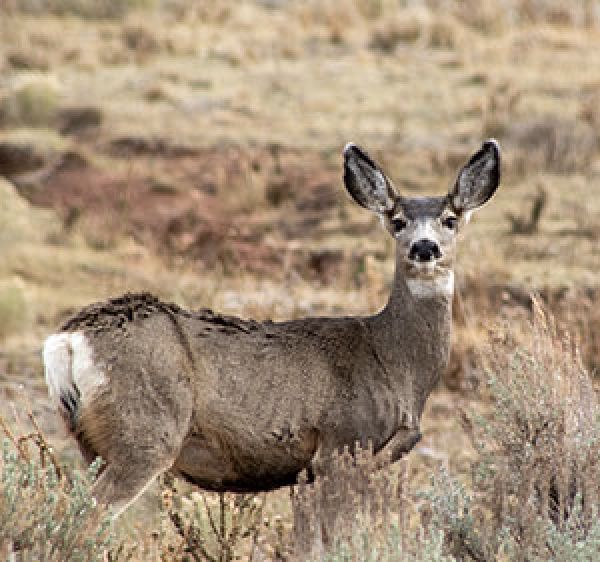When drought reshuffles the green-up of habitats that mule deer migrate across, it dramatically shortens the annual foraging bonanza they rely on.
That is the main finding of a new University of Wyoming study, which shows the benefits of migration are likely to decrease for mule deer and other migratory herbivores as drought becomes more common due to ongoing climate change.
Drought reduces the availability of key food resources by shortening the duration of spring green-up -- and altering the progression of the “green wave” across the landscape.
The study was conducted by a team of researchers working with lead author Ellen Aikens, a 2019 graduate of the Wyoming Cooperative Fish and Wildlife Research Unit at UW. The paper was published this week in Global Change Biology, a leading journal documenting the biological effects of global change.
“This research shows that climate change can alter the underlying distribution of food resources by compressing the time when optimal forage is available, which reduces the benefit of migration,” Aikens says. “This work highlights an emerging threat to migratory mule deer and likely many other migratory species.”
Read more at University Of Wyoming
Photo: Mule deer in temperate landscapes live in a seasonal cycle of feast or famine, putting on fat during spring migration and burning it off through the winter. Research at the University of Wyoming found that drought reshuffles the green-up of plants across habitats, dramatically shortening the annual foraging bonanza that mule deer rely on. CREDIT: Tayler LaSharr Photo


